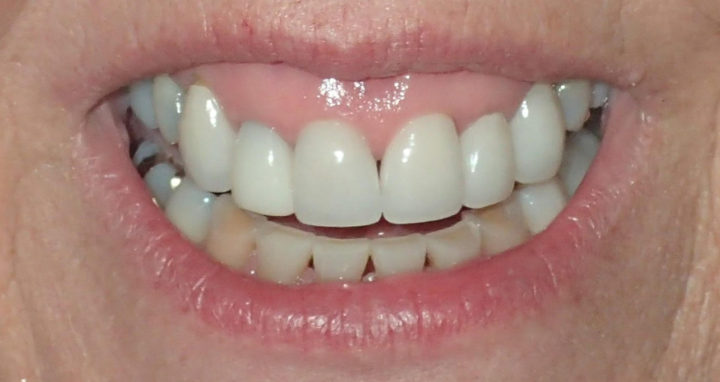
Gary Vaughn, CDT, CTO
In dentistry when it comes to seeing, hearing and knowing, information is indispensable. This is especially true in aesthetic dentistry when trying to achieve excellent results. Case in point, recently, while working at Corr Dental Designs, I was approached by the waxing department manager regarding a case that had been submitted. The case included a set of models mounted using the accompanying stick bite, face bow transfer, and bite registration. The prescription indicated that photos had been emailed. The waxing department manager along with our smile design team, who work collaboratively between our premier ceramists and diagnostic waxer, was anxious to get started on the wax up to, among other reasons, keep the case on the proper schedule for delivery. The issue? The pictures has not been emailed as marked on the prescription.
Our waxing manager asked me what I thought. Should we lengthen the centrals a millimeter or 1 1/2 mms? The RX clearly stated the desired length of the centrals was 11 mm. The study models, however, revealed that the existing central incisors were only 9.75 mm. Before making any decisions, I asked our front office if they had received the photos. In years past, I might have been tempted (without the added information provided through photography) to blindly proceed with the wax-up. The majority of the time, it is usually safe to proceed. However, in this particular case, it would have been disastrous. Fortunately, we were able to make a phone call and the images were sent over to our office.
To our surprise, the incisal edge position of the centrals was already perfect, but the photos revealed a disproportionate pink zone that we commonly refer to as a “Gummy Smile.”
C onsequently, the vertical length of the wax up was all going to have to occur gingivally with crown lengthening. This occasion reminded me once again that with cosmetic dentistry, there is no such thing as TMI (too much information.) It made things perfectly clear to me that had we just read the RX and proceeded, the wax-up would have had to be redone. This would have necessitated not only extra work for the laboratory, but lost chair time in the dental office, disappointment for the patient, and diminished confidence in the process.
onsequently, the vertical length of the wax up was all going to have to occur gingivally with crown lengthening. This occasion reminded me once again that with cosmetic dentistry, there is no such thing as TMI (too much information.) It made things perfectly clear to me that had we just read the RX and proceeded, the wax-up would have had to be redone. This would have necessitated not only extra work for the laboratory, but lost chair time in the dental office, disappointment for the patient, and diminished confidence in the process.
Just as vital as photos are to a successful diagnostic wax up, so also is a properly taken stick bite. I prefer a stick bite with an accompanying photograph. Thus, should the stick bite be off by even a degree or two with the correct horizontal plane, it will be easily detectable. Absent the photo of the stick bite in place, we must trust that the stick bite is absolutely correct, proving once again that the more information included with the case, the better and more likely a predictable result.
If you have questions about my article or if you would like to send a case, please contact the Pacific Aesthetic Laboratory Group at www.pacificaestheticdentalstudio.com, Gary Vaughn, CDT, CTO (916) 786-6740, or via email gvaughn@thePAC.org.
